Home>Storage & Organization>Kitchen Organizing Tools>How To Organize Small Kitchen Cabinets
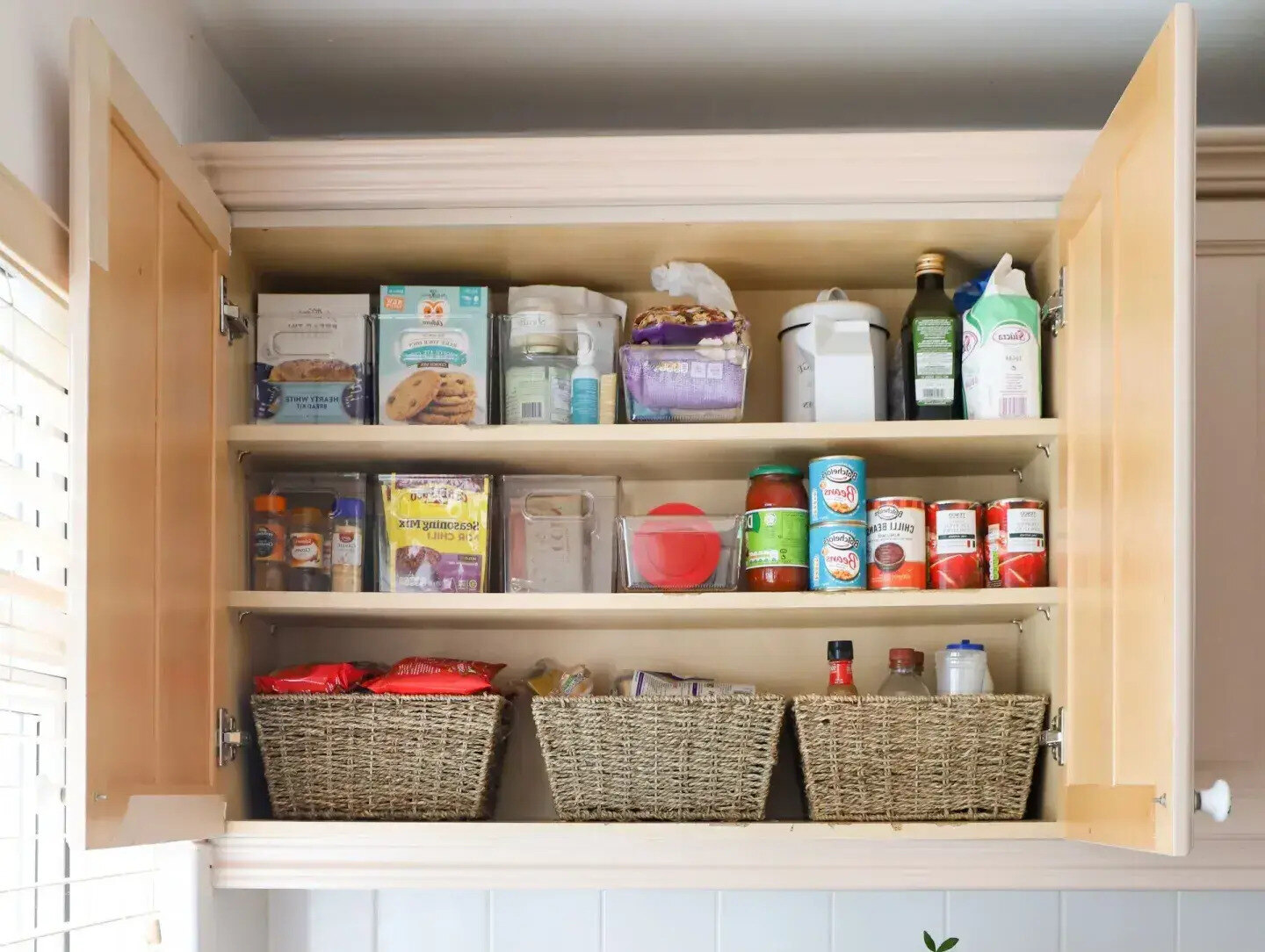

Kitchen Organizing Tools
How To Organize Small Kitchen Cabinets
Published: March 2, 2024
Learn how to maximize space in your small kitchen cabinets with the best kitchen organizing tools. Keep your kitchen tidy and efficient. Discover helpful tips now!
(Many of the links in this article redirect to a specific reviewed product. Your purchase of these products through affiliate links helps to generate commission for Storables.com, at no extra cost. Learn more)
Assessing Your Kitchen Cabinet Space
Before diving into organizing your small kitchen cabinets, it's essential to assess the available space. Take a good look at your cabinets and evaluate their size, layout, and any potential unused areas. Consider the height, width, and depth of the cabinets to determine the best storage solutions. By understanding the space you have to work with, you can effectively plan how to maximize every inch of it. This initial step will set the stage for a more organized and functional kitchen.
Key Takeaways:
- Make the most of your small kitchen cabinets by decluttering, sorting, and utilizing vertical space with shelves, hooks, and drawer organizers. Arranging items by frequency of use and labeling for easy access can create an efficient and organized kitchen.
Read more: How To Organize Small Pantry Cabinet
Decluttering and Sorting Items
The first step in organizing small kitchen cabinets is to declutter and sort through all the items. Start by taking everything out of the cabinets and laying them out on the counter. Then, go through each item and ask yourself if it's something you use regularly. If you haven't used it in the past year, it might be time to consider donating or discarding it. Be ruthless in your decluttering process to free up valuable space for items you actually need.
Once you've decluttered, it's time to sort the remaining items into categories. Group similar items together, such as pots and pans, dishes, utensils, and food storage containers. This will make it easier to see how much of each category you have and plan the best storage solutions for them. Sorting items also helps in identifying any duplicates or items that can be consolidated to free up space.
After decluttering and sorting, you'll have a clearer picture of what you need to organize and how much space you have to work with. This sets the stage for the next steps in maximizing the efficiency of your small kitchen cabinets.
Utilizing Vertical Space with Shelves and Hooks
When dealing with limited cabinet space, it's crucial to think vertically. Installing shelves and hooks inside your cabinets can significantly increase storage capacity. Adjustable shelves allow you to customize the space according to the height of your items, making it easier to store various-sized cookware and dishes. Consider adding stackable shelves to double the storage surface inside your cabinets, effectively utilizing the vertical space.
Hooks are also a game-changer when it comes to maximizing vertical space. They can be used to hang mugs, cooking utensils, or even small baskets, freeing up shelf and counter space. By hanging items on the inside walls of the cabinets, you create additional storage without cluttering the limited shelf space. This method not only adds storage but also keeps frequently used items within easy reach, making your kitchen more efficient and organized.
Another innovative way to utilize vertical space is by installing a hanging rack on the cabinet door. This can be used to store pot lids, cutting boards, or even small pans, keeping them organized and easily accessible. By taking advantage of the often underutilized vertical space on the inside of the cabinet doors, you can free up valuable shelf space for other items, making the most of your small kitchen cabinets.
Using Drawer Organizers for Small Items
Drawer organizers are a game-changer when it comes to keeping small items in your kitchen cabinets neat and accessible. These nifty organizers come in various shapes and sizes, making them perfect for sorting and storing items like cutlery, cooking utensils, and small gadgets. By using drawer organizers, you can maximize the space inside your cabinets and avoid the frustration of rummaging through cluttered drawers to find what you need.
When selecting drawer organizers for your small kitchen cabinets, consider the size and layout of your drawers. Opt for adjustable organizers that can fit snugly into the available space, allowing you to customize the compartments according to your specific needs. This flexibility ensures that every inch of the drawer is utilized efficiently, preventing wasted space.
For cutlery and small kitchen tools, a compartmentalized drawer organizer with separate sections for knives, forks, spoons, and other utensils can work wonders. This not only keeps everything organized but also makes it easier to locate the right utensil when you need it. Additionally, consider using expandable drawer organizers that can adjust to the width of your drawer, providing a tailored storage solution for your small items.
In addition to traditional drawer organizers, consider using stackable or modular organizers for items like spice jars, condiment packets, or small containers. These organizers can be stacked to make the most of vertical space, allowing you to store a larger quantity of small items without cluttering the entire drawer. By utilizing stackable organizers, you can create a well-organized and easily accessible storage system for all your small kitchen essentials.
By incorporating drawer organizers into your small kitchen cabinets, you can transform chaotic and cluttered drawers into efficient and tidy storage spaces. The key is to select organizers that best suit your specific needs and make the most of the available drawer space, ensuring that every small item has its place and is easily accessible when needed.
Maximizing Cabinet Door Storage
Maximizing the storage potential of your small kitchen cabinets involves utilizing every available space, including the often overlooked area on the inside of cabinet doors. This underutilized space can be transformed into valuable storage real estate with the addition of a few clever organizers and racks.
One effective way to make the most of cabinet door storage is by installing a versatile over-the-door organizer. These organizers come in various designs, featuring pockets, baskets, or racks that can hold anything from spices and condiments to cleaning supplies and kitchen tools. By hanging an over-the-door organizer on the inside of your cabinet door, you can free up shelf and drawer space while keeping frequently used items easily accessible.
Another innovative solution for maximizing cabinet door storage is the addition of adhesive hooks or magnetic strips. These can be used to hang lightweight items such as measuring spoons, oven mitts, or small kitchen towels on the inside of the cabinet door. By taking advantage of these simple yet effective storage solutions, you can keep your cabinets organized and clutter-free, making the most of the available space.
In addition to over-the-door organizers and hooks, consider installing a mounted spice rack on the inside of a cabinet door. This allows you to neatly store and organize your collection of spices, freeing up shelf or drawer space for other items. A mounted spice rack not only keeps your spices easily accessible but also adds a decorative touch to the inside of your cabinet door.
Furthermore, utilizing the inside of cabinet doors for storage can also involve the addition of wire or metal racks. These racks can be mounted on the door to hold items such as cutting boards, baking sheets, or pot lids, keeping them organized and within reach. By incorporating these racks, you can prevent these items from cluttering your cabinet shelves and create a more efficient storage system.
By maximizing cabinet door storage, you can effectively increase the overall storage capacity of your small kitchen cabinets while keeping the contents organized and easily accessible. These simple yet practical solutions make the most of every inch of space, ensuring that no area of your cabinets goes to waste.
Arranging Items by Frequency of Use
Arranging items in your small kitchen cabinets based on their frequency of use is a strategic approach to optimizing the functionality of your space. By organizing items according to how often they are used, you can ensure that the most frequently accessed items are easily reachable, while those used less often are stored in less accessible areas.
-
Prime Real Estate: Identify the prime real estate within your cabinets, such as the shelves and drawers that are most convenient to access. These areas should be reserved for items that you use on a daily or regular basis, such as plates, bowls, glasses, and frequently used cookware. Placing these items in easily reachable locations saves time and effort during meal preparation and daily kitchen activities.
-
Secondary Storage: For items that are used less frequently, consider utilizing the higher or lower shelves, or the harder-to-reach areas of the cabinets. This includes specialty cookware, seasonal items, or appliances that are only used occasionally. By allocating these secondary storage areas for less frequently used items, you can free up the more accessible spaces for everyday essentials.
-
Strategic Placement: When arranging items by frequency of use, consider the flow of your kitchen activities. Store cooking utensils, cutting boards, and measuring cups near the food preparation area for easy access during meal preparation. Likewise, place serving dishes, platters, and specialty cookware closer to the dining or entertaining area for convenient retrieval when needed.
-
Rotation System: Implement a rotation system for items with multiple pieces, such as food storage containers, to ensure that all pieces are used regularly. Store these items together and rotate their placement to prevent certain pieces from being forgotten at the back of the cabinet. This practice not only maximizes the use of each item but also helps in maintaining an organized and clutter-free cabinet space.
By arranging items in your small kitchen cabinets based on their frequency of use, you can create a more efficient and user-friendly storage system. This approach not only optimizes the accessibility of your kitchen essentials but also contributes to a well-organized and functional kitchen space.
Use shelf risers and stackable containers to maximize vertical space. Group similar items together and use drawer dividers to keep things organized.
Labeling and Categorizing Items for Easy Access
Labeling and categorizing items in your small kitchen cabinets is a simple yet effective way to enhance accessibility and maintain organization. By clearly labeling and categorizing the contents of your cabinets, you can streamline the process of locating specific items and ensure that everything has its designated place.
Categorizing Items
Start by categorizing similar items together, such as grouping all baking supplies, canned goods, spices, or cooking utensils. This categorization allows you to create designated areas within your cabinets for specific types of items, making it easier to find what you need when preparing meals or cooking. Consider using baskets, bins, or storage containers to keep each category organized and contained within its designated space.
Labeling Containers
Once you have categorized the items in your small kitchen cabinets, the next step is to label the containers or storage areas. Use clear and legible labels to indicate the contents of each container or section of the cabinet. You can use adhesive labels, label maker stickers, or even chalkboard labels for a reusable option. Labeling the containers not only helps you quickly identify the contents but also encourages other household members to return items to their proper places, maintaining the organization.
Clear Visibility
Ensure that the labels are prominently displayed and easily visible when opening the cabinet doors. This visibility allows you and other users to quickly locate specific items without having to rummage through the entire cabinet. Consider using transparent or open-front containers for items like snacks, baking supplies, or small kitchen tools, as this provides a clear view of the contents and eliminates the need to search through opaque containers.
Categorization by Zones
Another effective approach to labeling and categorizing items is to create zones within your cabinets based on the frequency of use or the type of items. For example, designate a breakfast zone for cereals, oatmeal, and breakfast essentials, and a cooking zone for spices, oils, and frequently used condiments. By categorizing items into specific zones and labeling accordingly, you can streamline the process of meal preparation and cooking, saving time and effort.
Maintenance and Updates
Regularly review and update the labels and categorization of items in your small kitchen cabinets to accommodate any changes in your inventory or usage patterns. As your needs evolve, you may acquire new kitchen tools, ingredients, or cookware, requiring adjustments to the existing categories and labels. By maintaining an up-to-date labeling system, you can ensure that your small kitchen cabinets remain organized and efficient.
By implementing a labeling and categorization system for the items in your small kitchen cabinets, you can create a well-organized and easily accessible storage space. This approach not only simplifies the process of locating specific items but also contributes to a more efficient and enjoyable cooking experience.
Frequently Asked Questions about How To Organize Small Kitchen Cabinets
Was this page helpful?
At Storables.com, we guarantee accurate and reliable information. Our content, validated by Expert Board Contributors, is crafted following stringent Editorial Policies. We're committed to providing you with well-researched, expert-backed insights for all your informational needs.

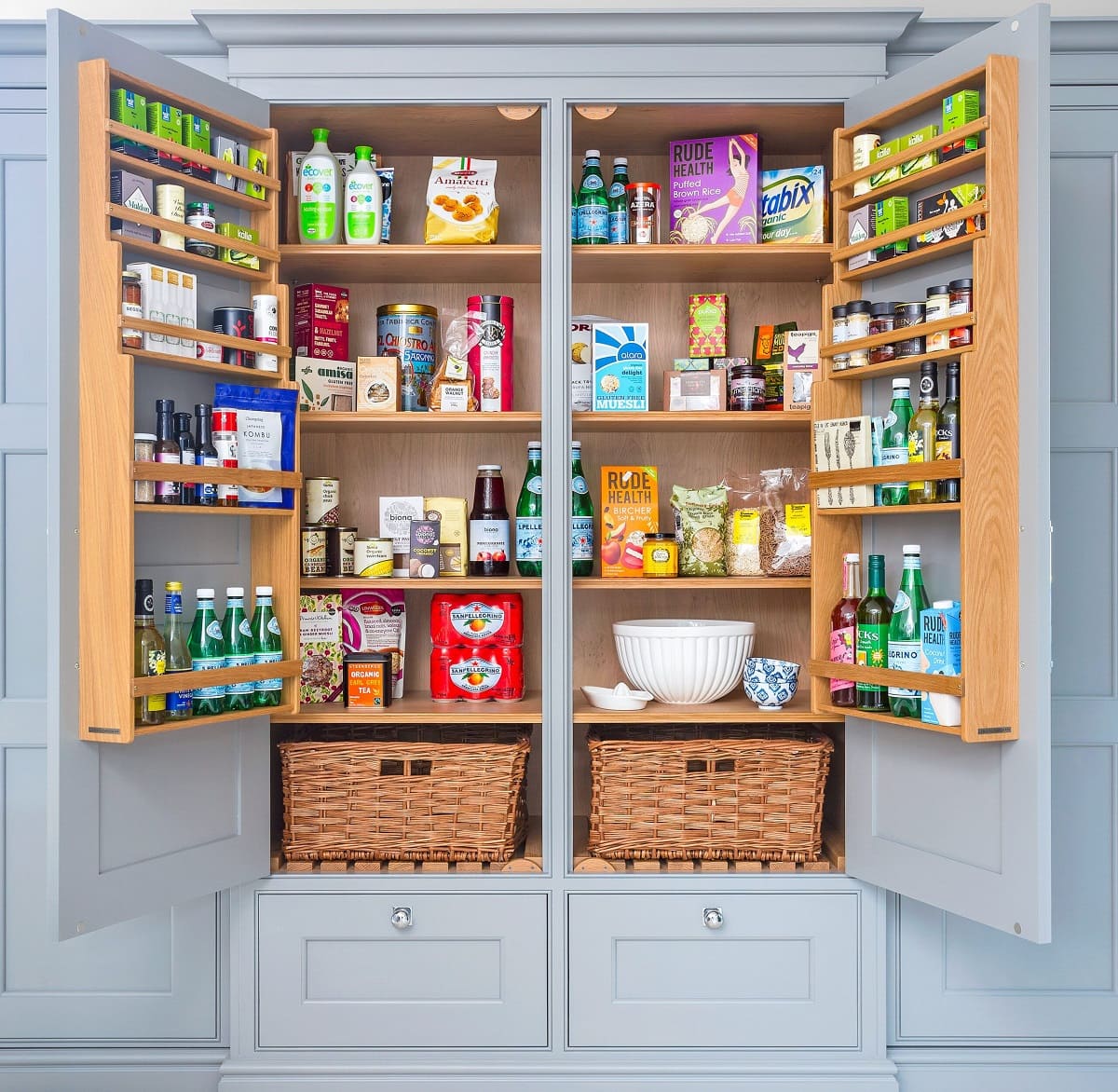
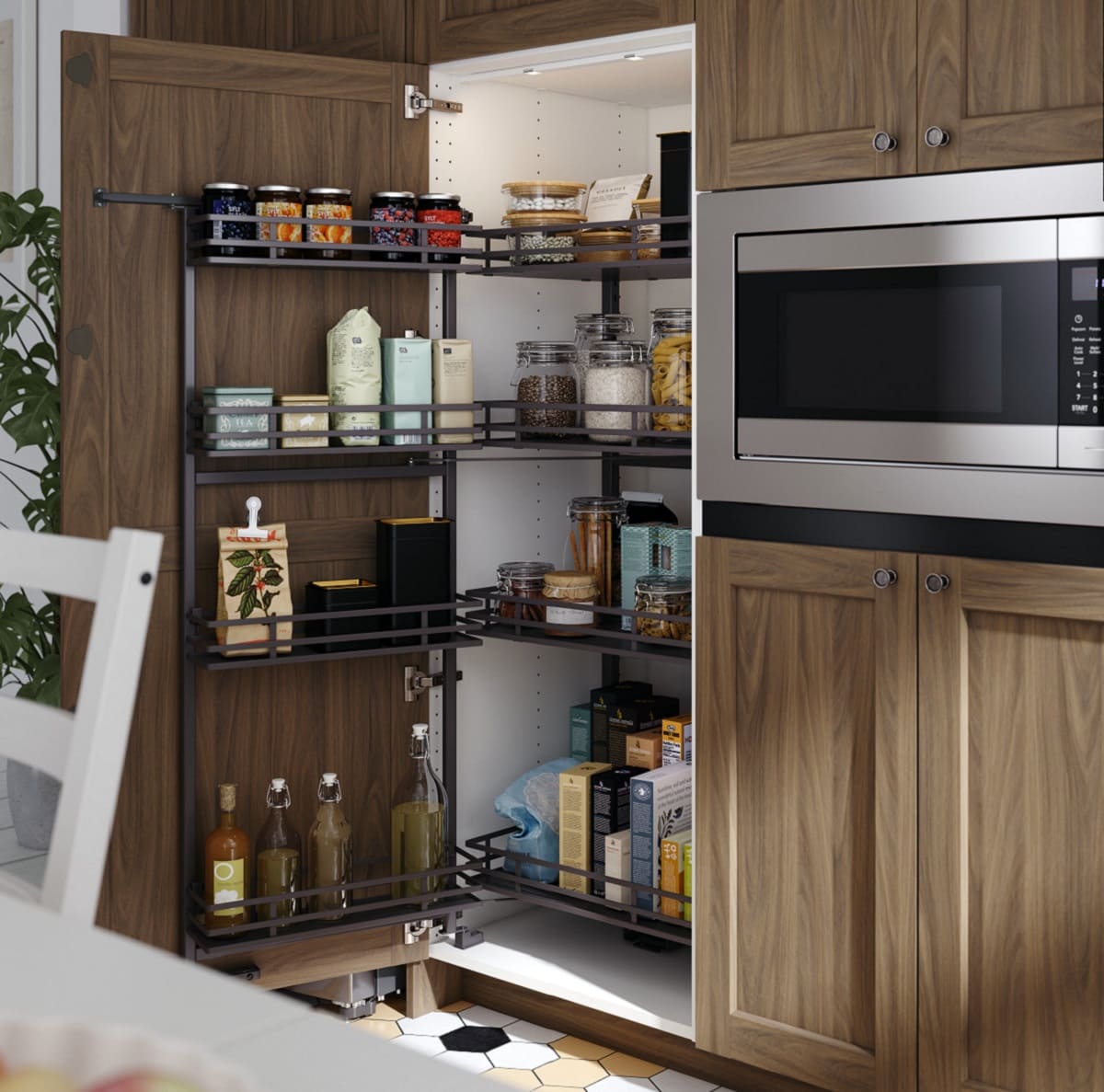
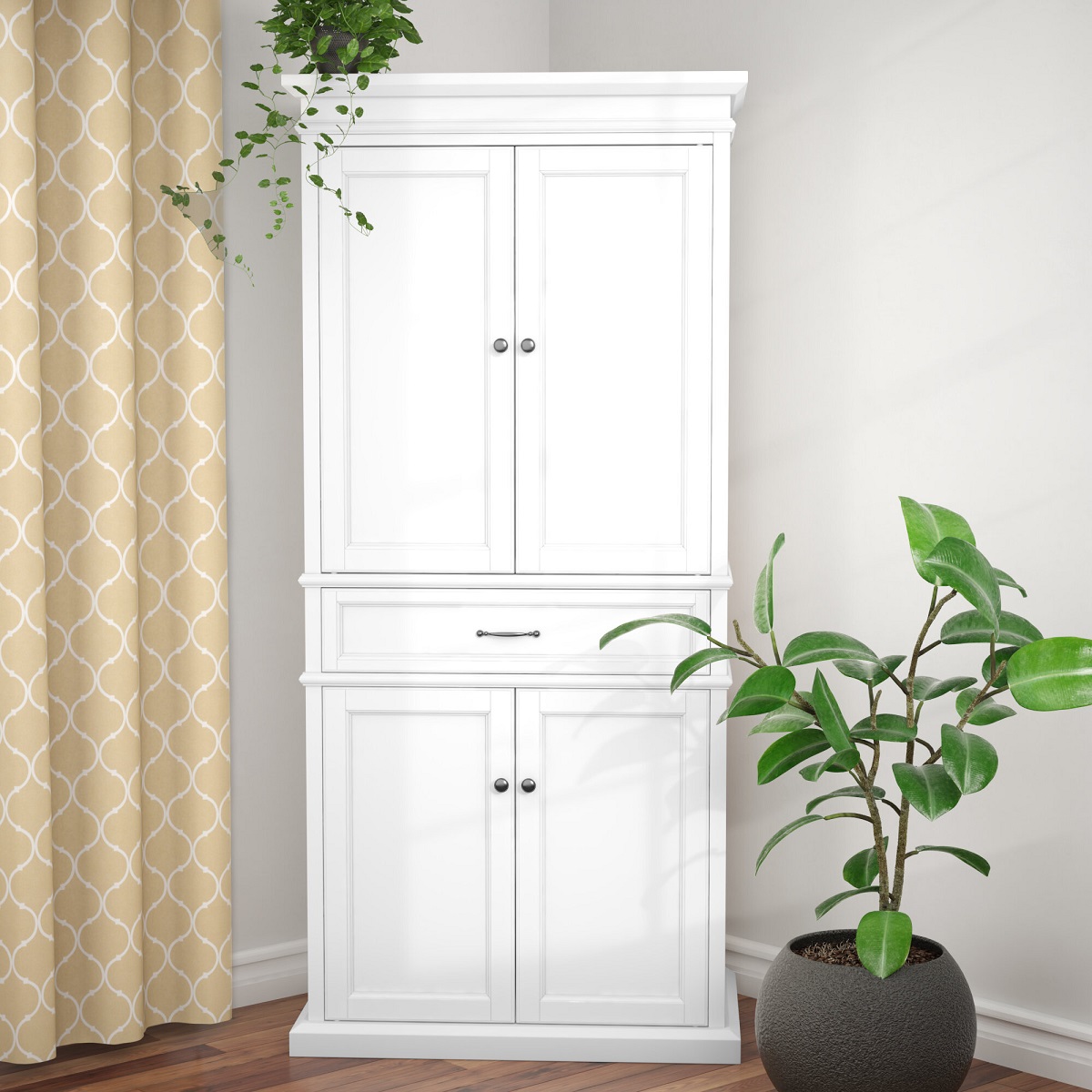
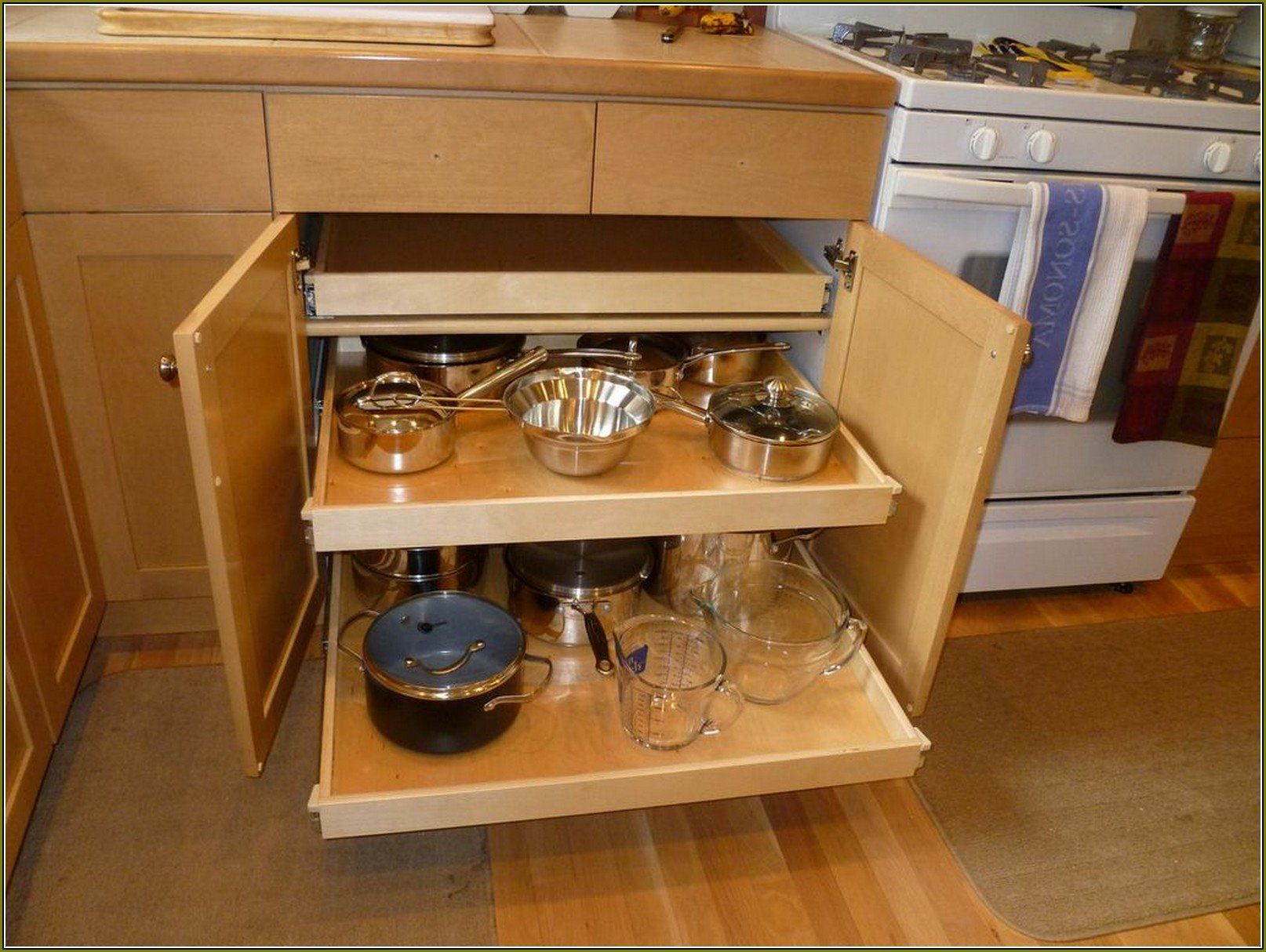
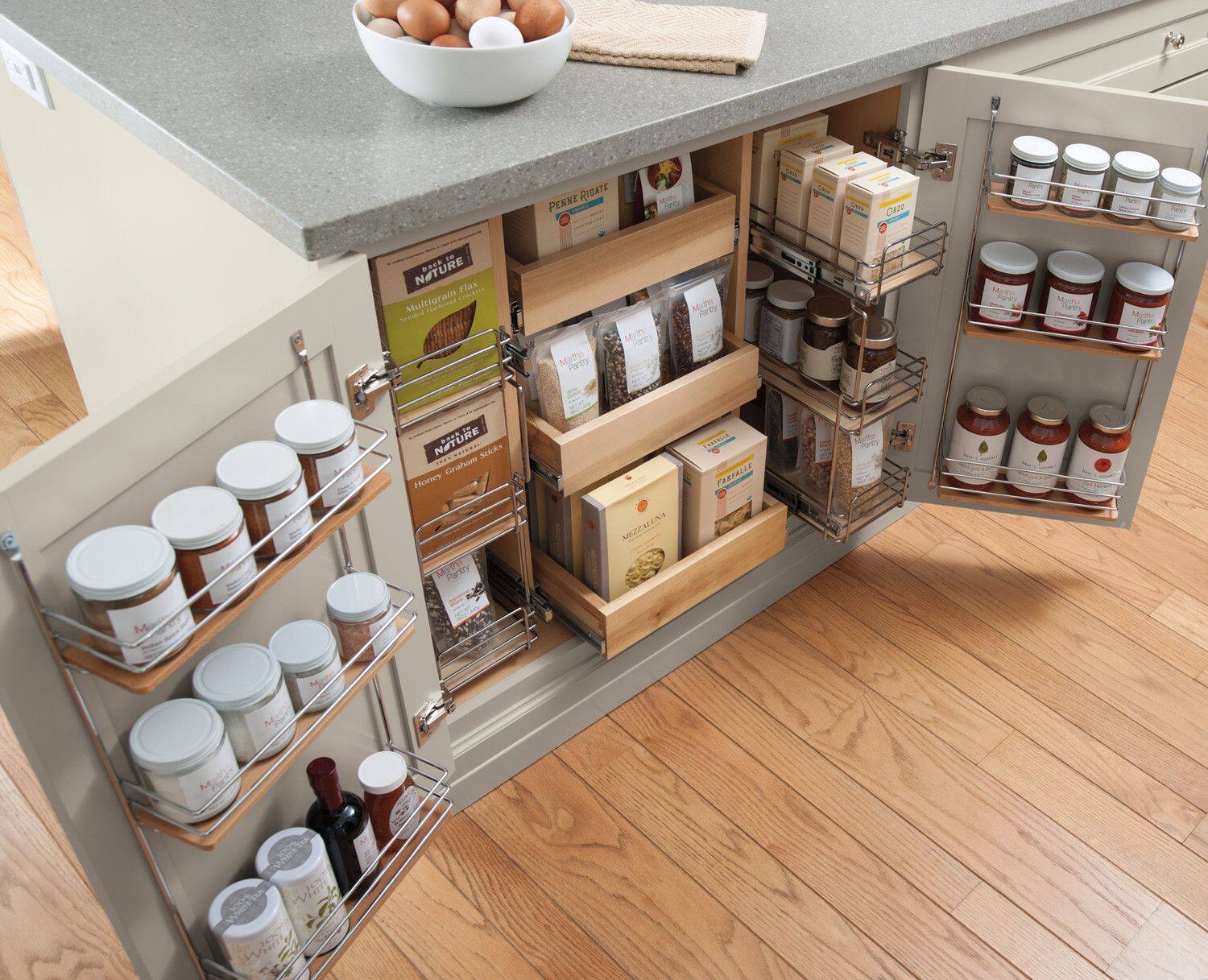
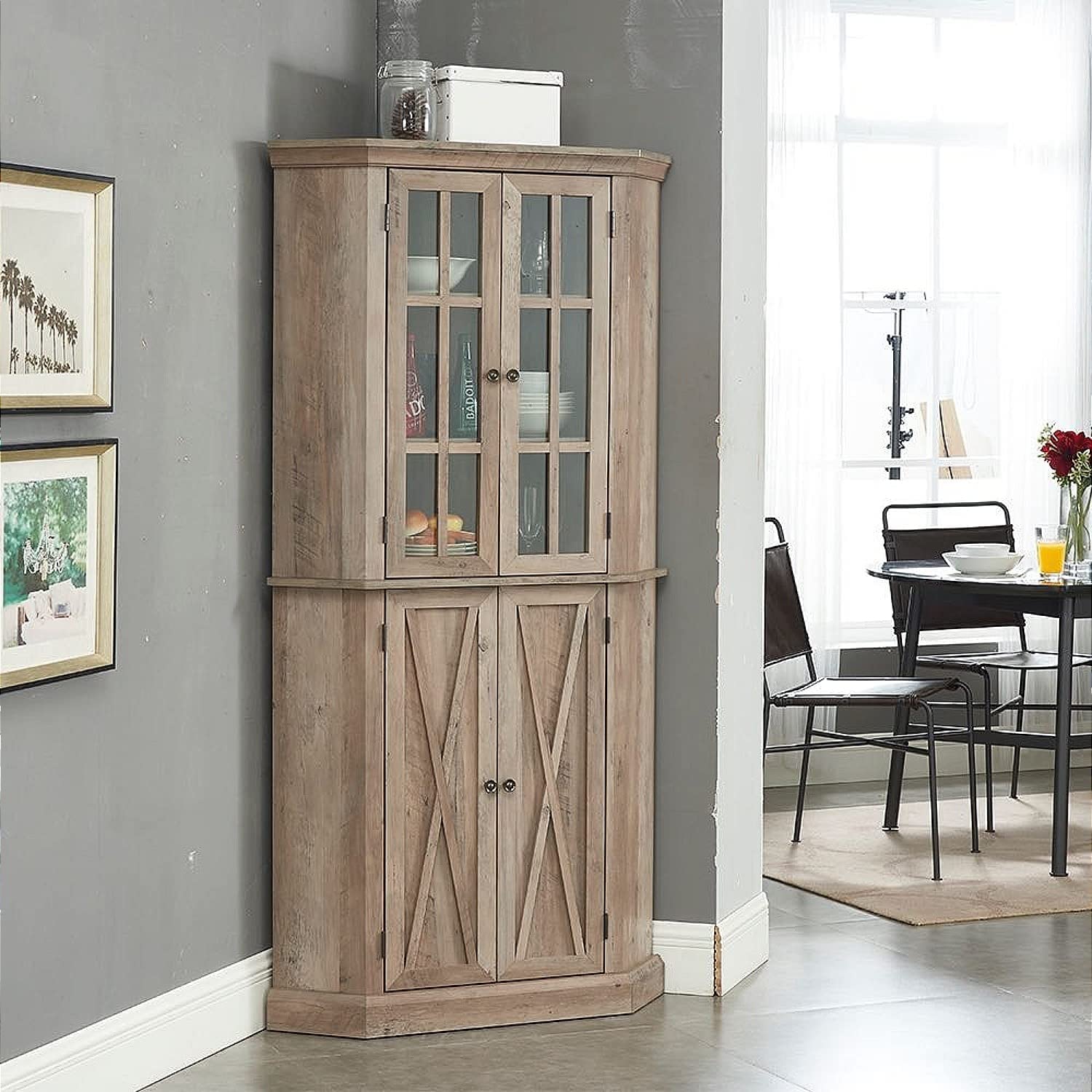
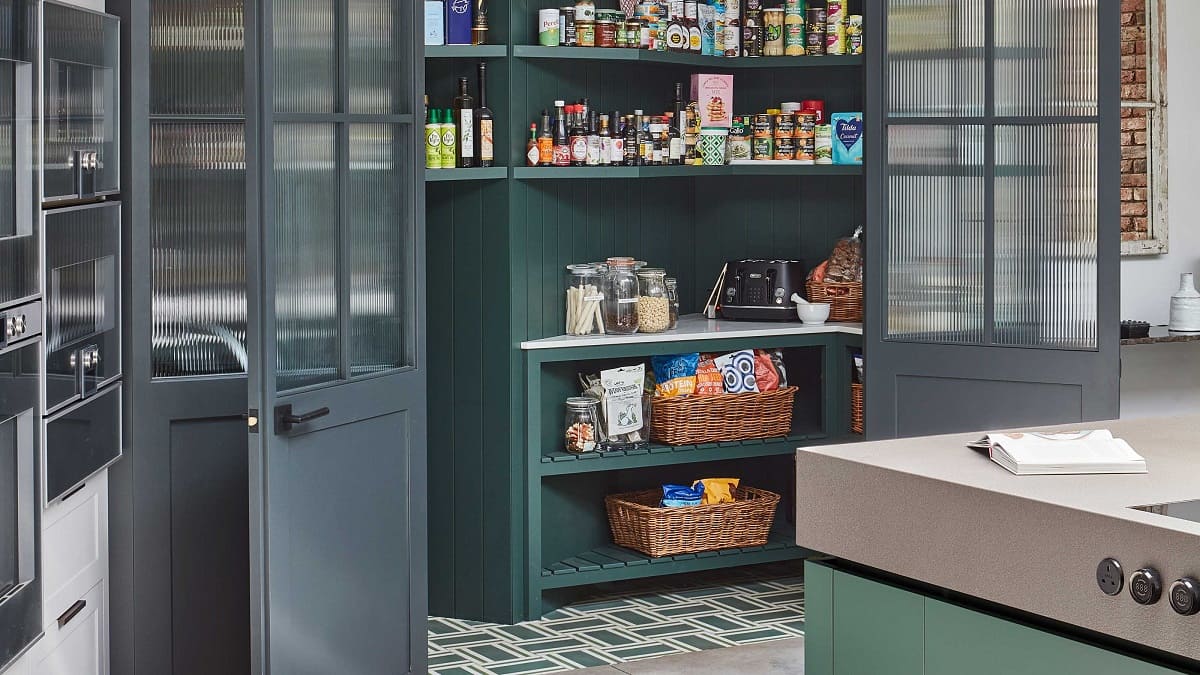
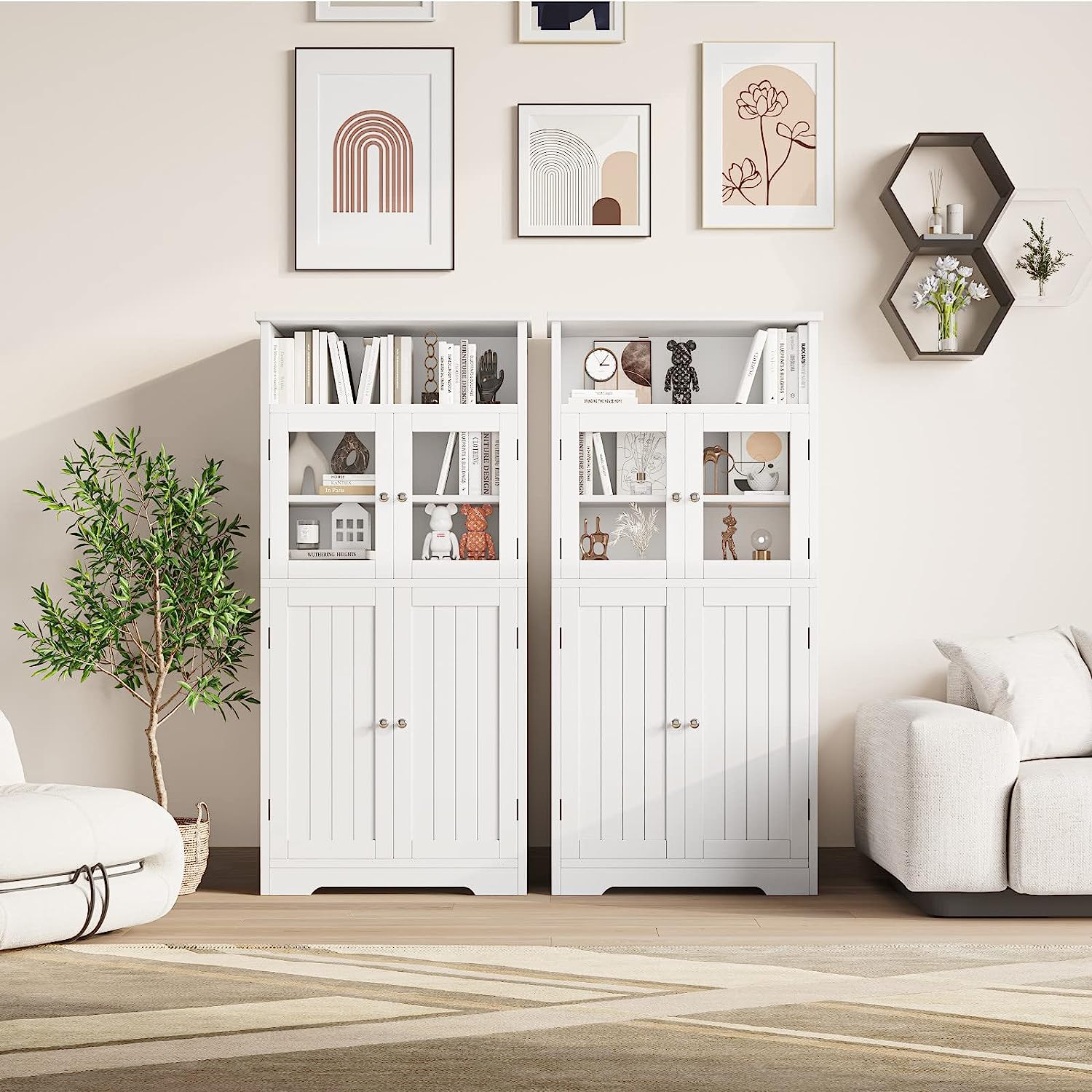
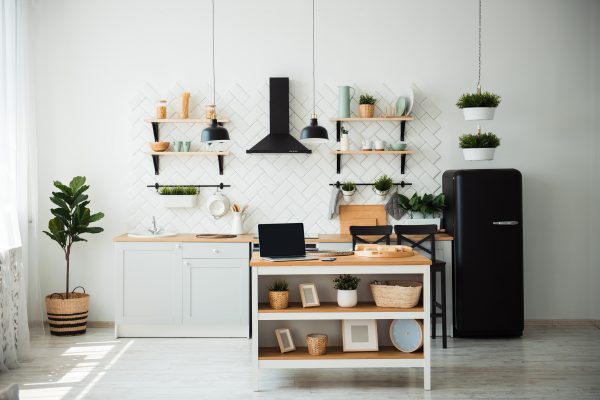
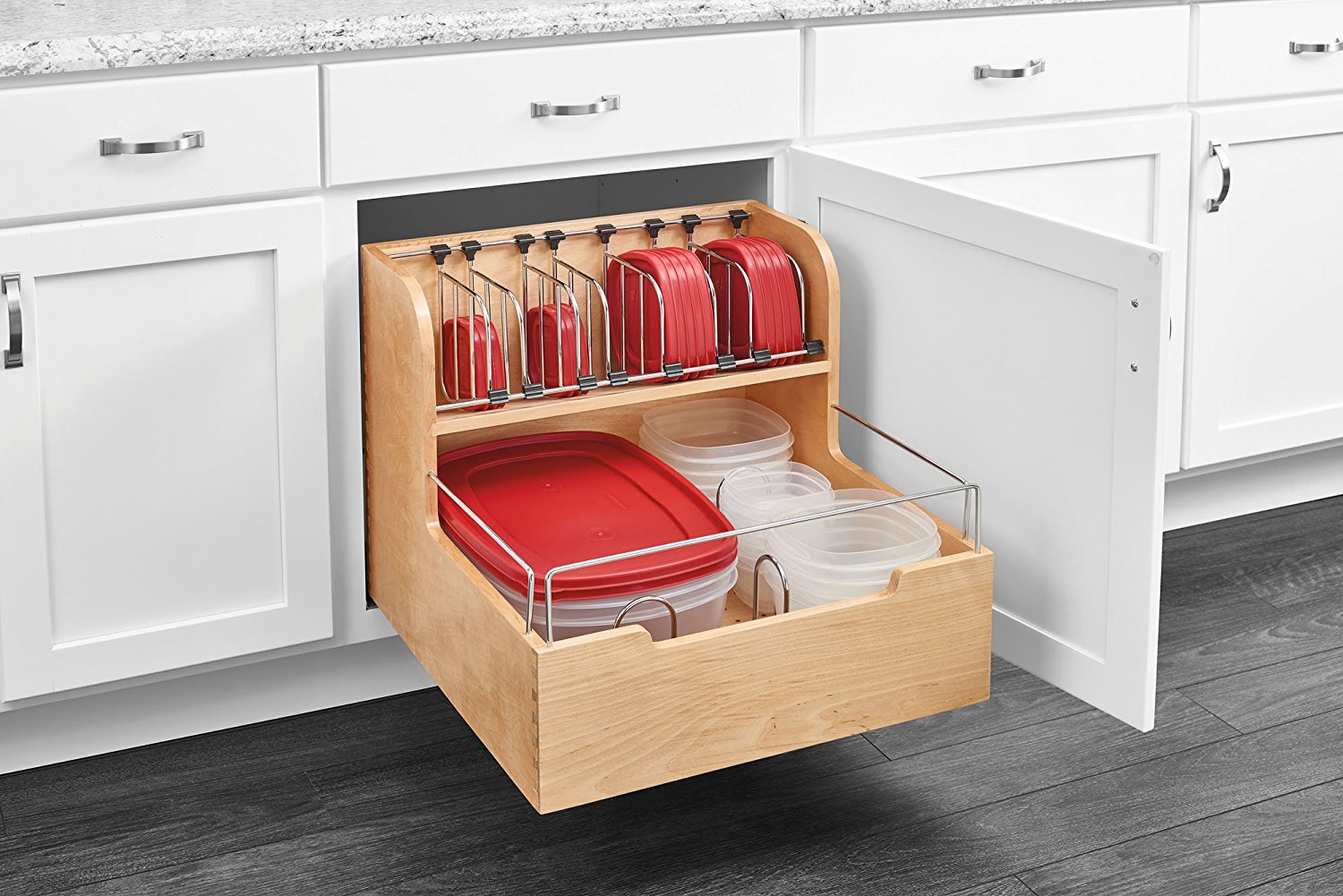
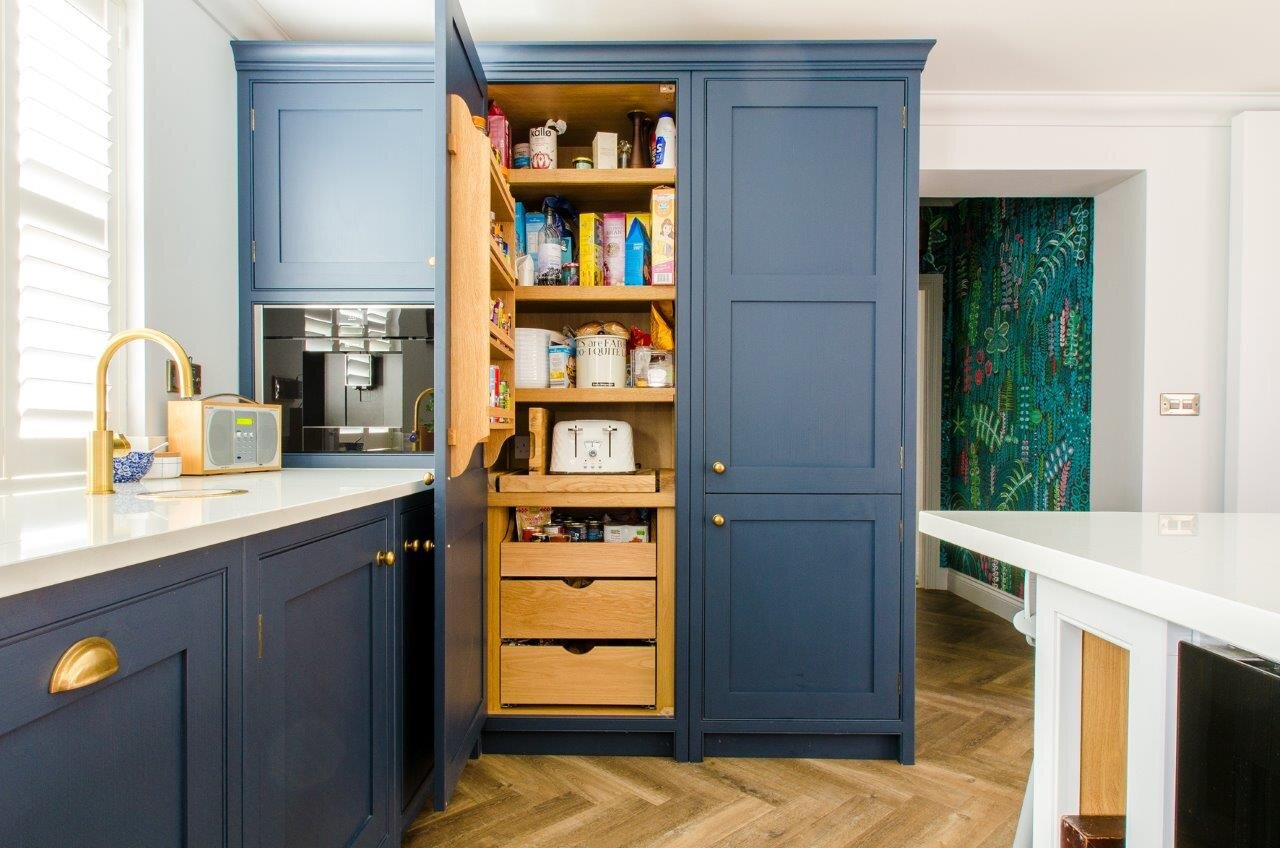
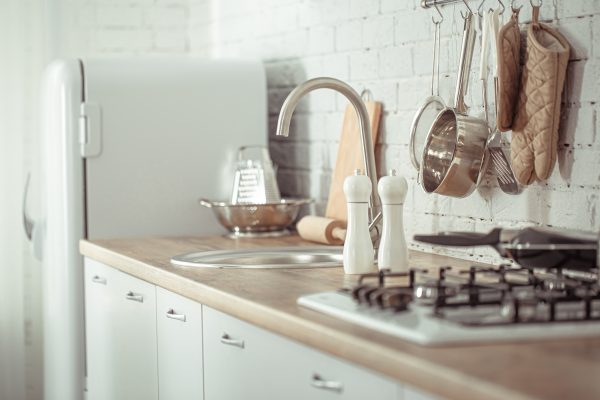

0 thoughts on “How To Organize Small Kitchen Cabinets”